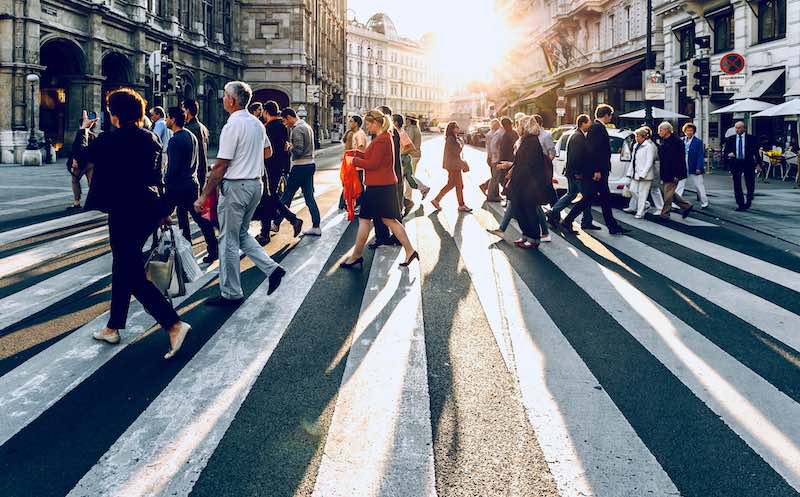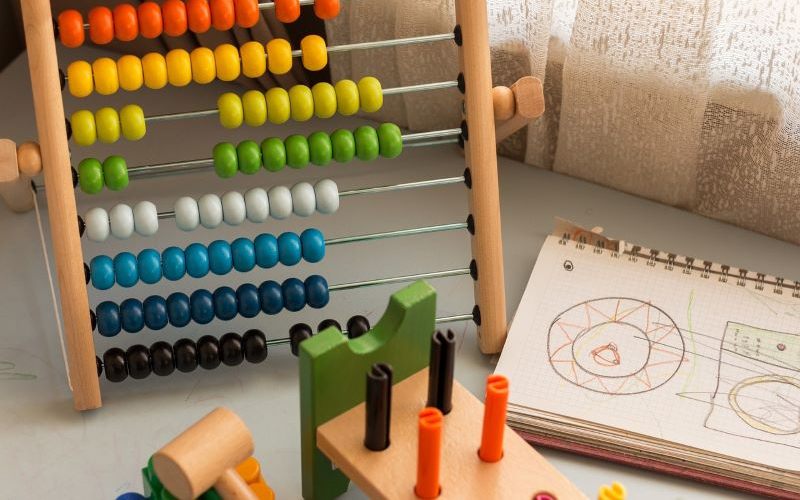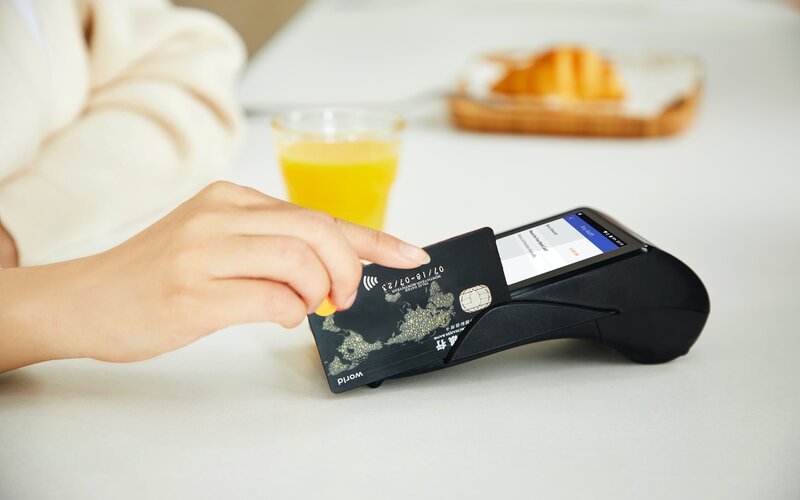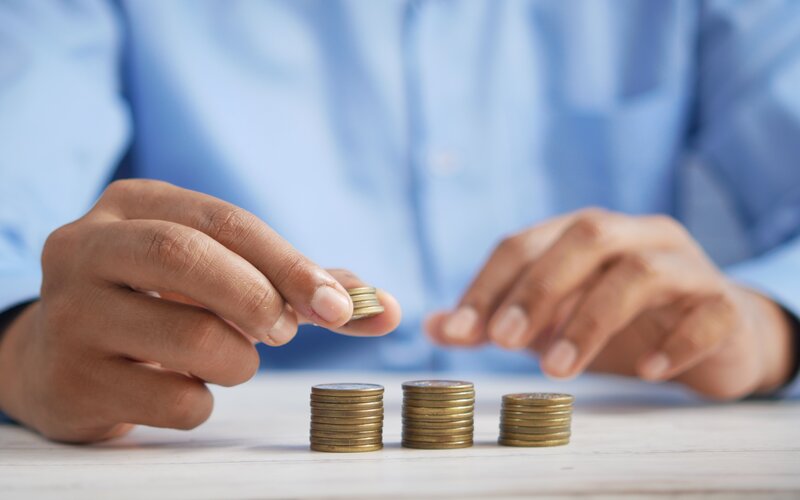Compared to September 2021, credit and charge card use is up around 30% or $7.56 billion according to the most recent Reserve Bank data.
Debt rose modestly from about $17.9 billion in August 2022 to just over $18 billion in September 2022 - implying many card users are paying off their balances in time.
The value of debit card transactions also increased 26% or $10 billion in the same timeframe.
The total value of monthly credit card purchases eclipsed pre-Covid levels to reach more than $32 billion in September despite recession-like consumer confidence.
If growth from the June quarter to the September quarter is assessed, credit card spend grew from less than $93.5 billion to more than $95.7 billion, or nearly 2.5% growth.
Buy now pay later (BNPL) platforms on the other hand tended to flatline, despite 20% annual growth rates in retail trade according to the ABS.
Figures from payments expert Grant Halverson show BNPL spending in the Australian-New Zealand market grew 4% in the September quarter, down from 7% in the previous quarter.
The rest of the world (excluding United States) tallied $155 million, down 3%.
BNPL lost active users, too.
For example, as at 30 June, popular BNPL platform Zip had 12 million active users globally, compared to 30 September where it tallied 7.4 million in its quarterly report.
Australia alone lost about 900,000 over the quarter, or 28% of its active user base.
An active user is defined as anyone who has made a single transaction in the past 12 months - same as credit cards.
RBA data estimates buy now pay later (BNPL) platforms make up around 1.5% of all payments in Australia.
In the United States, yearly BNPL transactions tally about US $24 billion, compared to credit cards which amount to about $4.6 trillion.
BNPL platforms experienced their time in the sun when interest rates were low and many people put away the credit card because international borders were closed.
Now that’s all changed, and higher interest rates spell bad news for the instalment platforms, according to Mr Halverson.
The former Citi and Diners Club executive said as a result of rising interest rates, funding these operations is expected to cost Aussie platform Zip an extra $45-$55 million this financial year.
“BNPL gets most revenue from merchants, so they can't easily recover the cost of increasing interest rates - they need to fund the gap from paying merchants and being paid by the consumer,” he said.
BNPL platforms typically charge merchants 4-6% of the purchase price when customers use their instalments service.
The Reserve Bank has banned merchants from passing this on to the consumer.
A survey from the RBA in 2021 revealed half of users would ditch BNPL if they faced a surcharge; a further 10% said they would cancel the transaction and not make a purchase.
Rise in credit not necessarily a good thing
The rise in credit card use has coincided with a rise in interest rates, and consequently a lowering of savings buffers, with the savings ratio nearing pre-pandemic levels.
BNPL platforms argue that they’re better than a credit card because they technically do not charge interest.
Zip co-founder and global chief operating officer Peter Gray said it’s a way for shoppers to smooth bills over their pay cycles.
“I think we can expect to see customers continue to turn to credit and credit cards in times of high inflation and increased cost of living,” Mr Gray told Savings.com.au.
“But those who utilise this form of credit, and continue to extend their debt by only paying the minimum repayments, will continue to incur enormous interest bills, increasing the amount they owe and the time required to pay it back.”
However, credit cards typically come with 55 days' interest free, which is one day shorter than the four-fortnightly-instalment program BNPL platforms largely use.
Further, if late fees are incurred - typically $10 per instalment - when combined with a maximum total purchase of $1,000, it can work out to be more than credit card interest on an annualised basis.
CEO of Consumer Action Law Centre Gerard Brody said BNPL isn’t necessarily better than a credit card.
“The comparison should be the cost when you don't pay back BNPL on time, and don't make your full credit card payment on time,” Mr Brody told Savings.com.au.
“The huge risk with BNPL is that there is not the same legal safeguards that apply compared to credit cards, particularly responsible lending.
“This means that there is a higher risk that you will be provided credit that you can't afford to repay.
“It can be very difficult to compare between BNPL and credit cards, but the National Credit Laws do apply to credit cards.”
In a speech on Wednesday night Reserve Bank deputy governor Michele Bullock said lower-income households will be hit hardest by the rising cost of living and interest rates.
“We estimate that households overall accumulated more than $250 billion in additional savings during the pandemic. Most of this saving has been among households at the upper end of the income distribution reflecting, in part, the constraints on consumption of discretionary services,” Ms Bullock said.
“So while households on lower incomes with lower buffers are likely to cut back on consumption, some households could draw down their savings to support consumption in the face of rising interest rates and cost-of-living pressures.”
This is demonstrated in the latest household savings ratio data, falling to 8.7% in the June quarter, down from highs of more than 20% during the pandemic. It’s expected to trend lower in the next data release.
BNPL revenue drops
Zip axed popular budgeting app Pocketbook a few months ago in a quest for “sustainable profitability” - it posted a full-year 2021 loss of more than $650 million.
Still, Zip CEO Larry Diamond was upbeat in the platform’s latest report.
“Zip’s simple, fair and easy to use product is becoming even more important to customers and we are well on our way to disrupting the traditional credit card model and providing people with control of their financial lives,” Mr Diamond said.
Australian-based Openpay posted a full year before-tax loss of more than $82 million last financial year, and closed its operations in the United Kingdom.
In August CommBank had to write down $2.3 billion on its stake in Klarna - the BNPL posted a $56 million loss in Australia last financial year.
After being acquired by Twitter founder Jack Dorsey’s Block in 2021, Afterpay posted a full-year 3% slump in profits down to USD $150 million in September.
Regulation looming: Is BNPL a loan by another name?
In the United States, Afterpay has a new product that charges interest.
While costs vary between plans and consumers, a typical 12-month $1,000 loan would see a consumer pay back $111.40 in interest - with an interest rate of 21% p.a. which is higher than many credit cards.
This comes as US regulators moved to regulate the BNPL sector in September, with New Zealand vowing to do the same by year’s end.
The strict definition of ‘regulation’ varies between countries, but until now BNPL platforms have been able to skirt credit regulation because their loan terms are shorter than a certain timeframe.
In Australia, that timeframe is 62 days, and regulation means having hardship arrangements and doing credit checks.
BNPL platforms have a code of conduct, of which many major platforms are signatories, but it is not mandatory.
It should be noted Zip’s ‘Money’ product is regulated under Australia’s National Consumer Credit Protection Act of 2009.
Mr Gray did not explicitly support blanket regulation under the Act, but said Zip supports “fit for purpose” regulation.
“We believe there should be appropriate guardrails to ensure consumers are protected while not stifling innovation,” he said.
“Zip is well-placed for BAU [business as usual] should further, fit for purpose regulation, result in BNPL products coming under the Act.”
Photo by Jacek Dylag on Unsplash

.jpg)

 Denise Raward
Denise Raward

 Harry O'Sullivan
Harry O'Sullivan

 Harrison Astbury
Harrison Astbury

